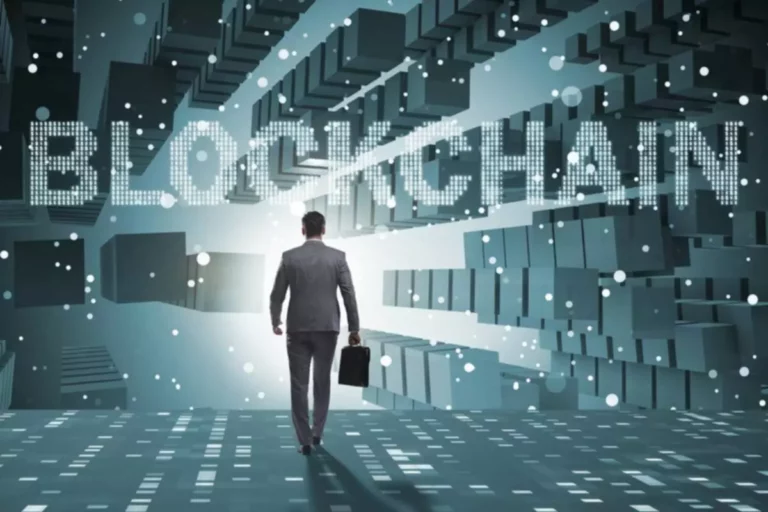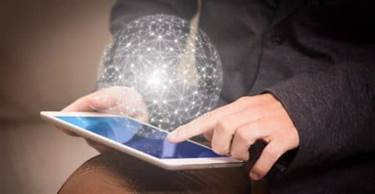Content
Things that once seemed to be rare luxuries now become accessible to people of all ages. Technology has become a predominant part of our lives, and VR has conquered a wide range of industries. Eight multiple-choice questions that required explicit computation of magnitude and projection of specific vectors. Never miss a beat with the latest insights, tips and updates for school leaders and educators. Harvard partnered with Zhejiang University in China to conduct an anthropological lesson, with the help of rumii, a social VR software. This allows the learner to experience the impact of their actions thereby testing problem-solving and critical-thinking.

Take a journey through the human cell or explore the skeletal system in virtual reality. See how the human heart pumps blood throughout the circulatory system. Become a virtual paleontologist and dig up dinosaur bones all across the world. Mathematics is one of the most important subject areas we are introduced to as children. Math teaches us problem-solving skills and helps us describe the world around us.
How do you use VR in the classroom?
The third activity prompts students to visualize the projection of the angles in the x-y plane and calculate the angle phi. At the end of the reality-virtuality continuum, we find virtual reality. VR blocks out the real world and creates a fully virtual setting to immerse the users into the virtual world . Since VR represents only three-dimensional virtual environments generated with computers, it is necessary to use the appropriate hardware and software to experience VR . VR is an experience in which the user is physically in the real world, entering a three-dimensional virtual environment using a headset and a computer or with a mobile device (Frost et al., 2020). The VR market nowadays has contributed to academic research, engineering, and education, among other areas (Tang et al., 2020).
This added engagement is the main argument for using it in education, though the social-emotional benefits of VR in education are also evolving. VR and AR can help students enjoy learning and see it as fun rather than just something they must finish. In addition, it could help reduce language barriers with vivid representations of classroom content. This can enhance learning experiences for children with physical disabilities by bringing the exciting elements of the world to them.
Virtual Reality Applications as an Innovative Educational Practice in Adult Education
Using virtual reality in education in Nigeria may address several inadequacies in the education system. Virtual Reality can also be incredibly useful for learning mathematics. VR can give students opportunities to visualize and interact with abstract concepts in ways that had previously not been possible. Let us be honest for a moment; wearing a VR headset and watching interactive content unfold before your eyes do not feel like hard work. No matter what age students are, they love to watch something rather than read it from a textbook. With students being more exposed to technology, they will be interested in exploring VR-based courses.
- Humans are visual learners, and our brains process visuals faster than textual content.
- It just depends what kind of headsets and features you would want for your family.
- In VR-based courses, it is just learners and software, and this can deteriorate the relationship between students and instructors.
- For that, educators must prioritize delivering essential skills besides knowledge.
- Another exciting application of VR in education is that the technology can help students develop empathy and cultural understanding.
- Studies show that students don’t learn best from reading a book or looking at a chalkboard.
Ninety-three percent of teachers stress that their students would be excited to use Virtual Reality. If you’re an online educator and wondering how VR can transform your classroom, here is how. Education is steadily evolving, with technology taking the epicenter. Due to technological https://globalcloudteam.com/ advancements, educators can offer more meaningful lectures to learners anywhere and at any time. Learners, too, don’t have to first reach specific lecture halls to attain quality education. With the availability of education apps, learning is possible just anywhere.
Augmented reality in education, examples and use cases
In fact, their labs are structured to provide 15 minutes of immersive experiences for every three hours of traditional learning. And no, their goal is not to replicate the stale 1950s-era labs that many students still must endure in high schools and colleges today. In the current state of virtual reality applications, users are mostly connected to software, which can limit the human connection. A traditional classroom setup relies on personal human interactions and interpersonal communication. In VR-based courses, it is just learners and software, and this can deteriorate the relationship between students and instructors. Adopting virtual reality in education nurtures students’ creativity and sparks their imagination.
We define the context of the study and present the research questions. We provide the methodology for the study, the description of the participants, virtual reality in education instruments, data collection, and analysis. We present the quantitative and qualitative results and discuss the relations between them.
Teacher Training
On top of that, the app integrates over 20 fun games for kids and adults. Here are some outstanding examples of augmented reality in education. AR is part of a larger Extended Reality concept, which also includes VR and MR technologies. Augmented reality enhances the real-world environment with text, sound effects, graphics, and multimedia.

When we talk about virtual reality, it is worth mentioning the platforms on which virtual reality is made for education. We present the results for the second subordinate research question; how do students perceive their learning outcomes achievement when learning three-dimensional vectors using VR in an introductory physics course? We first provide the Likert scale survey results, where students evaluated the use of VR as a learning tool and its perceived tool value. We then present the results of the qualitative analysis of learning objectives.
Vocational Education and Training
Using VR technology as a learning aide, students can explore and experiment with new concepts without the fear of failure. They can be experimental, take risks, and learn from their mistakes—all of which are desirable attributes of learning with a growth mindset. This study aims to examine the literature on the use of Virtual Reality in education. The author discusses articles published in the last 10 years that discuss the use of Virtual Reality as a learning medium at all levels of education.

